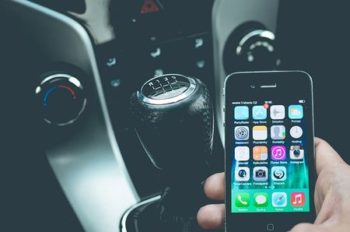
Following an auto accident, insurance companies may use the information from electronic data recorders as evidence for the denial of claims. EDRs record vehicle and occupant details in the seconds before, during, and after auto accidents. In a crash, the data from EDRs may help establish the fault or the innocence of drivers.
Types of EDR Devices
EDRs may include onboard or plug-in devices, as well as smartphone apps that pair with vehicles using Bluetooth or other such methods. Developed to help monitor airbag performance in the mid-1970s, EDRs have evolved and now come standard in 95% of the new vehicles on the market.
EDR Data
As of 2012, the National Highway Traffic Safety Administration requires EDRs to track at least 15 points of data. Not all data recorders capture the same information, but some of the most common data points tracked include the following:
- Acceleration and speed prior to impact
- Braking and stability control details
- The angle of the steering wheel before impact
- Engine RPM
- Airbag deployment information
- Front seat positioning and seatbelt use
EDRs may also collect data points such as the date and time of an event, the force of the impact, the number of impacts, and vehicle rollover details. Insurance adjusters, accident reconstructionists, or law enforcement investigators may use these and other details collected by EDRs to determine what happened, who caused car crashes, or that drivers attempted to avoid collisions. The data from data recorders may also provide insight into motorists’ day-to-day driving behaviors.
Access to Tracked Data
Those who may access data from EDRs and how they may go about doing so depends on the type of data recording system in use. As the owners of their vehicles, for example, drivers also own the data systems and their recordings. Thus, accessing data from onboard EDRs requires permission from the vehicle owner or a warrant.
The data collected by smartphone apps or plug-in devices may not belong to the drivers. Based on the terms of their user agreements, their insurers, the device providers, or the app developers may own the data collected, and therefore, determine to whom they may allow access. In such cases, insurers may reference the data collected to assess fault for the collision, which may affect their decisions whether to pay claimants. Drivers may also allow their insurers access to EDR information when they enroll in certain discounts or other programs.

